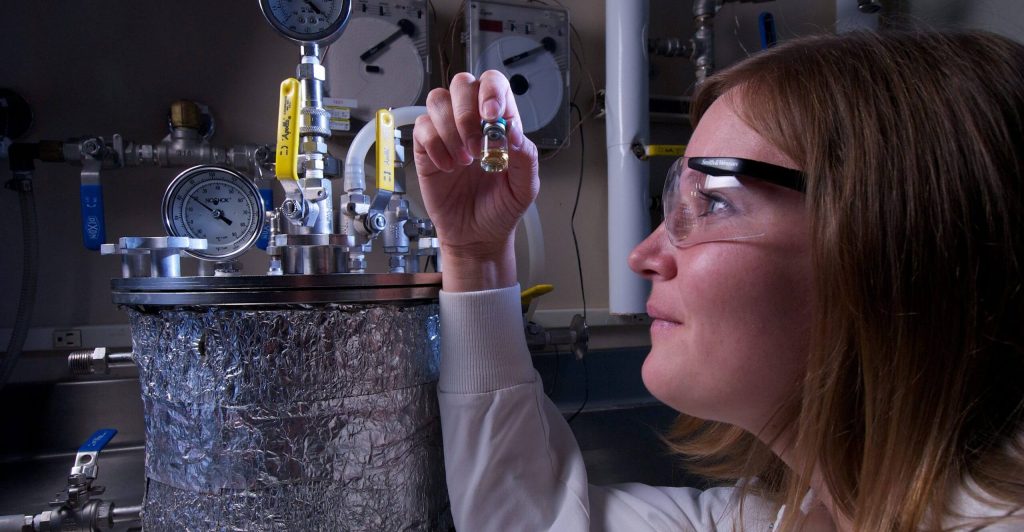
What is Bacterial & Dye Immersion Integrity Testing?
Container Closure Integrity (CCI) tests are performed on rigid containers such as vials, screw cap bottles, syringes, and auto injector type devices to check for leaks. Dye immersion uses a tracer dye with a vacuum to draw the dye through any defects. Bacterial immersion uses a bacterial solution, pressure, and a vacuum. In both of these tests, product packaging is pushed to the limits to expose potential issues that arise during the life cycle of the product. The dye and bacterial immersion tests are performed at Nelson Labs according to the following standards:
- USP <1207>
- PDA TR 27
- FDA Docket 980-0021
What Container Closure Integrity Testing does Nelson Labs Perform?
At Nelson Labs, we provide all of the required testing to determine the efficacy of container closure integrity. Bacterial and Dye Immersion integrity tests are widely used across the pharmaceutical industry. However, Mass Extraction Integrity testing is on the rise due to its quicker and more sensitive techniques of testing while offering a broader use of application. Our industry leading expert, Jennifer Gygi covered the differences and advantages of these tests in her collaborative article with American Pharmaceutical Review.
PDA Technical Report 27 recommends both a physical and microbial test when evaluating the container closure integrity for pharmaceutical packaging. USP <1207> recommends deterministic CCI tests like Mass Extraction. Both dye immersion and bacterial immersion are probabilistic test methods.
Study Outline
Dye Immersion: Samples are immersed in a dye solution and a vacuum is applied. The vacuum is released and the containers are washed to remove dye from the outer surfaces. The containers are then analyzed after exposure for the presence of dye using either an ultraviolet-visible (UV/Vis) or visual technique. The UV/Vis method has a higher sensitivity level for detecting the dye than the visual method.
Samples for UV/Vis analysis cannot have viscous or opaque fluids.
Bacterial Immersion: The samples are tested by immersing media-filled containers into a microbial challenge for a specified amount of time using pressure and vacuum. The containers are then removed from the challenge, rinsed, incubated, and examined for growth. A Method Suitability (Bacteriostasis/Fungistasis B/F) Test is performed concurrent with the test or at the end of the seven-day incubation. Controls are performed with each challenge.
The selection of B. diminuta as the challenge organism is based on its very small size when grown under carefully controlled conditions. Due to its size, B. diminuta represents a most severe bacterial challenge. Other organisms may also be selected. The high concentration in microbiological challenge adds to the worst-case conditions for testing.
Samples must arrive sterile if filled by the sponsor.
B. diminuta is an aerobic organism so it is recommended, when filling test samples, to allow for an air headspace of ≥50% of the total volume of the container, if possible.


